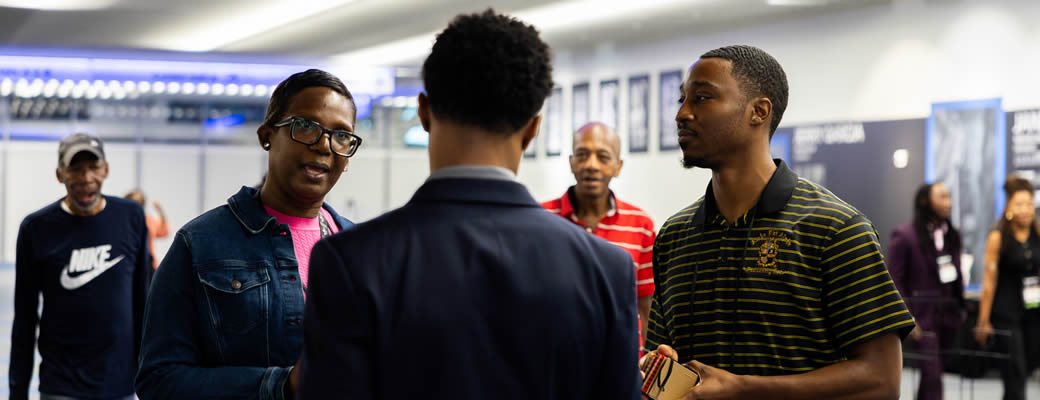Foundation fights to close media gap for missing persons of color
The Monitor
Kimora Wong Sing
August 8, 2025
When Natalie Wilson co-founded the Black and Missing Foundation in 2008, she made a promise to families too often overlooked: that their missing loved ones would no longer be ignored.
The nonprofit organization, created by Wilson and her sister-in-law Derrica Wilson, aims to combat the disparity in media coverage and law enforcement response that affects missing persons of color, particularly Black individuals.
“When we first started the organization, I remember a young woman named Phoenix Coldon went missing from St. Louis,” Wilson said. “I called every local news station, and we couldn’t get coverage. Now, I can pick up the phone and call media partners across the country to ask for help.”
Citing the U.S. Census Bureau, the Black and Missing Foundation says on its website that 40% of missing persons are people of color, yet African Americans make up only 13% of the U.S. population.
Partnerships with national and local newsrooms and groups, including the Washington Association of Black Journalists (WABJ), has been beneficial for the organization.
Philip Lewis, president of WABJ, said the collaboration emerged from a shared desire to empower journalists to address racial disparities in reporting.
“As one of the most prominent NABJ chapters, we wanted to use our power to eliminate the imbalance in media coverage,” Lewis said. “We partnered with the Black and Missing Foundation to create a media guide that helps journalists advocate for these stories in their newsrooms.”
The guide, compiled by volunteer journalists, outlines strategies for boosting coverage of missing persons of color and serves as a resource for newsroom leaders.
“This was a fully volunteer effort,” Lewis said. “It took hours of collaboration, but we knew it was important to create a tool that can help bring people home.”
Wilson stressed the vital role of the media in recovery efforts.
“Media coverage is crucial. It raises community awareness and puts pressure on law enforcement,” she said. “Missing Black children remain missing four times longer than their white counterparts. That’s unacceptable.”
The foundation takes a comprehensive approach to supporting families, from filing police reports to launching media campaigns and even helping with burial costs.
“Many families don’t know what to do when a loved one goes missing,” Wilson said. “We walk with them every step of the way. Our support is holistic.”
One of the most powerful examples of the foundation’s impact came after a guest appearance on The View.
“We talked about a missing child on air,” Wilson recalled. “Within 14 minutes, we received a tip that led us directly to her. That’s the power of the media.”
But while the foundation works tirelessly to amplify stories, Wilson said the burden also lies with the broader community.
“There’s this ‘no snitching’ mentality that we need to eliminate,” she said. “Someone knows something. How does someone just vanish and no one knows what happened?”
In another recent case, two girls went missing in the District of Columbia. The families reached out to local news stations with no success. Wilson called an NABJ member at NBC4, Executive Producer Melinda Woolbright, who immediately helped secure coverage. The girls were found within hours.
“These stories are real. These families are living nightmares,” Wilson said. “We’re just here to be their advocates.”
Lewis echoed that sentiment. “We’re not superheroes,” he said. “But we do have the power of words. If we can use that power to bring people home, then we’ve done something meaningful.”
Wilson encourages journalists, influencers and everyday citizens to take action. “If you want to help, visit BAMFI.org,” Wilson said. “Use your platforms. Share these stories. We all have a role to play in finding our missing.”
Photo credit: JOE THOMPSON III/NABJ Monitor

